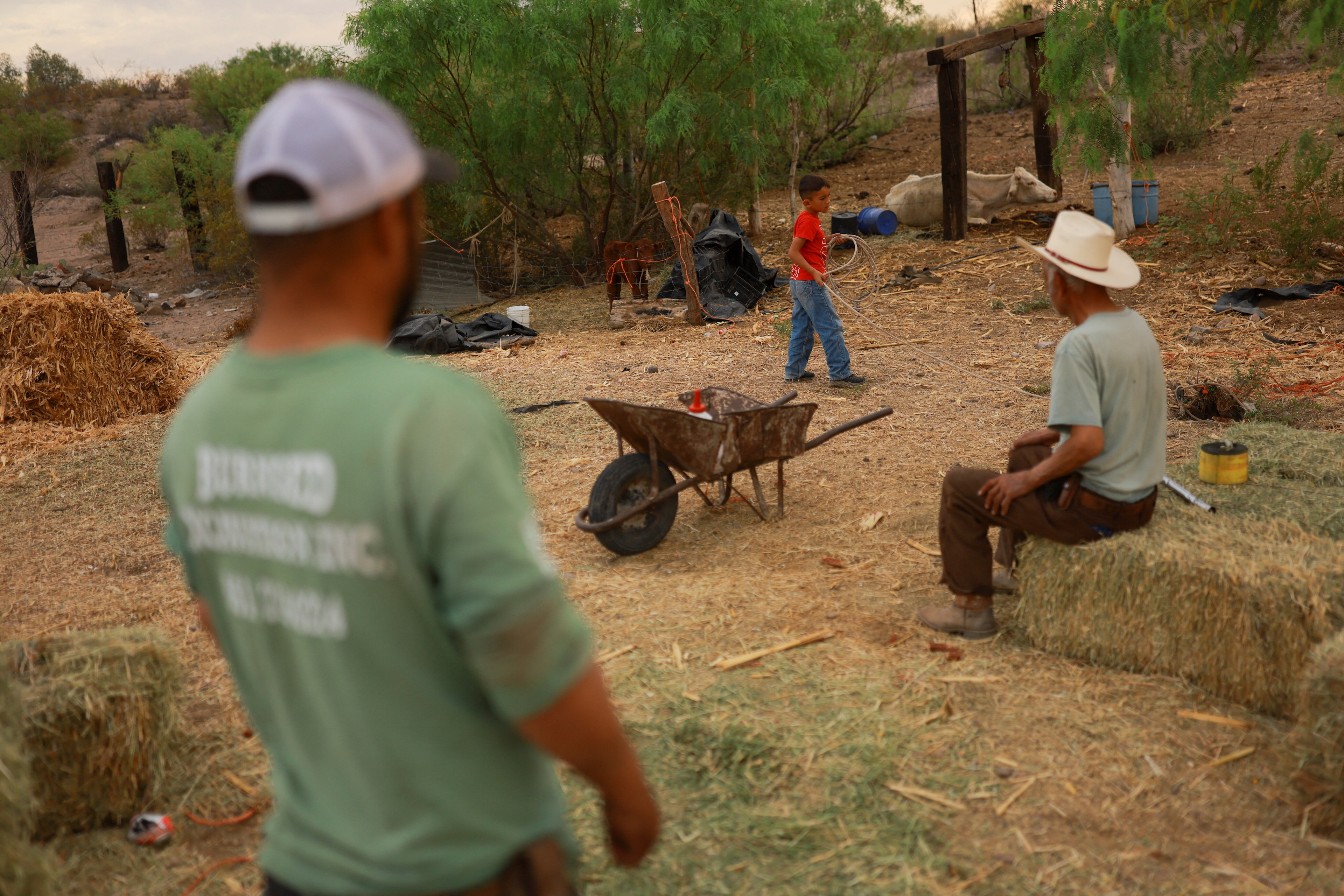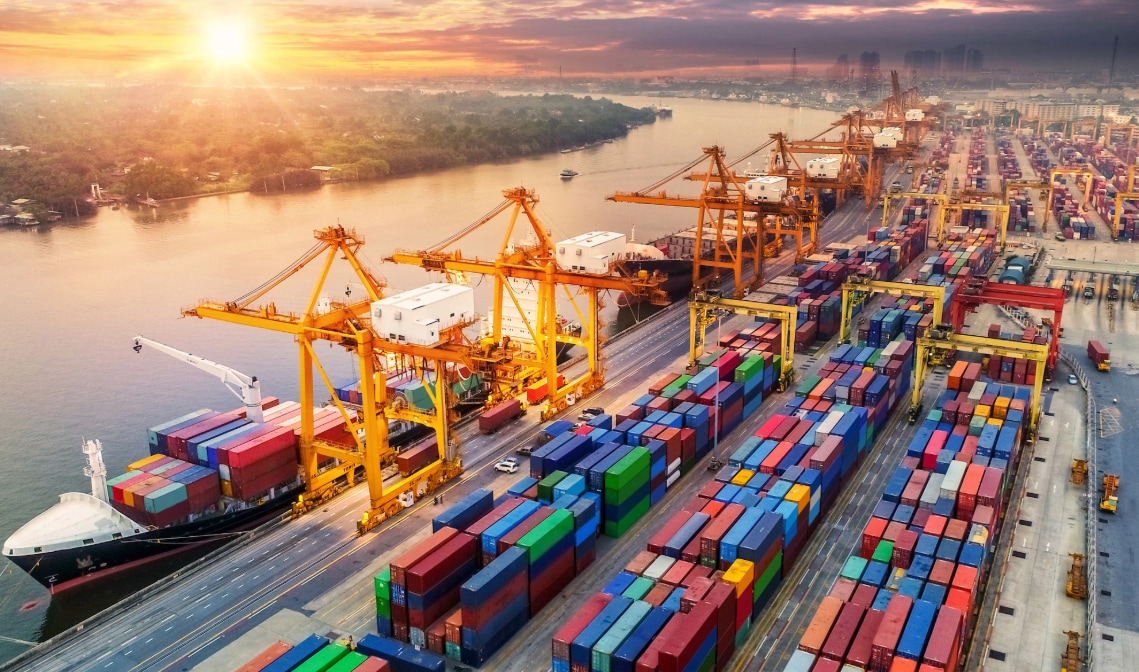3 ways climate change is affecting kids' health

Children are vulnerable to climate change risks.
Image: Unsplash/Zhen H
Stay up to date:
Climate Crisis
- By 2050, climate change is likely to cause an additional 14.5 million deaths and $12.5 trillion in economic losses worldwide, according to the World Economic Forum’s Quantifying the Impact of Climate Change on Human Health report.
- Children are particularly vulnerable to the impacts of climate change, with heatwaves and extreme temperatures posing serious risks to their health.
- Here, UNICEF’s Kitty van der Heijden explains how these events also affect their long-term survival, growth and development, underscoring the need for child-centricity in policymaking.
“Children must be at the centre of the global response.”
That was UNICEF’s clarion call to the global community ahead of this year’s COP28 climate change conference.
Global temperature records are being broken month after month – 13 months straight so far. In July 2024, the world experienced its hottest day since records began twice in the same week, climbing to 17.15C, from 17.09C, the European Union’s Copernicus Climate Change Service data showed.
While the climate crisis and rising temperatures are affecting us all, children are particularly vulnerable. Yet projects that are responsive to the needs of children receive only 2.4% of climate finance from key multilateral climate funds, according to the United Nations children's agency.
Accept our marketing cookies to access this content.
These cookies are currently disabled in your browser.
The World Economic Forum asked UNICEF’s Deputy Executive Director of Partnerships, Kitty van der Heijden, about how climate change is impacting children’s health and what needs to happen to help them. Here, she outlines three key areas of concern.
Climate even impacts children before birth
Extreme temperatures can be life-threatening, especially for the old and the vulnerable, as they can exacerbate existing health conditions. Heatwaves are the leading cause of weather and climate-related deaths, according to the World Health Organization.
But children are more vulnerable than adults to all climate change impacts, not least heat, even before birth, explains van der Heijden.
“The heat impacts children in a very different way, than adults, and it actually begins before children are born – very few people realise that. Now that heatwaves are more frequent, prolonged and with higher temperatures, we see that pre-term labour is going up. What that means is that women give birth too soon because the body can't cope with the heat.
“Children are born with very low birth weights and so they’re disadvantaged healthwise from the get-go. And what we also see with prolonged droughts and heat waves is that breast milk is impacted – less breast milk, different quality of breast milk.”
Infant-specific health challenges
Another critical issue is that babies and small children cannot cope with changes in temperature like adults, which is of even more concern when they are born prematurely.
“They can't thermoregulate their body the way we do. We breathe faster and we start to sweat, babies can't do that. They don't have the same topology of sweat glands yet. So rather than being able to cool down their body by sweating, it leads to organ failure, such as kidney failure.”
Babies also breathe much faster than adults, so they are particularly vulnerable to the effects of pollution, she adds.
“Now what that means when it comes to toxic air – it could be wildfires, could be the burning of fossil fuels – you breathe that air twice as fast. Now, when newborn babies do that in their expanding lungs, it is creating a lifelong impact. We even know from research that if pregnant mothers breathe polluted air, the brains of children are being impacted in the womb. They can never recover from that.”
How has the World Economic Forum helped initiate a more effective response to natural disasters and humanitarian crises?
Wider impacts on the lives of children
More frequent and severe natural disasters bring a range of immediate and longer-term health challenges.
Van der Heijden also points to factors impacting the wider survival, growth and development of children as a result of these climate-induced events, including food production and the spread of disease.
“I want to add a few impacts that are perhaps not specifically related to heatwaves but are unique to children. Of course, we know that with heatwaves and droughts, the crop yields are going down.
“If you look at the staple crops in Africa, we see across the board that yields are going down by on average 30% to 50%, depending on which region in Africa you are in and what specific crop you're talking about.
“Now imagine that situation with a growing cohort of young people in Africa. The youth bulge is real. Now, if in the first five years of your life you do not get enough nutrients, it leads to what we call stunting, in science terms. And stunting means lifelong cognitive disabilities from which you can never recuperate. If we have a problem now, there are certain regions in Ethiopia that already have 40% of stunting.”
Changes in climate patterns also contribute to the spread of diseases like malaria and dengue, she says.
“When it comes to flooding in higher rainfall patterns, what we see is that both infectious diseases and vector-borne diseases are going up – from cholera to diarrhoea, but also to spread of malaria, of Zika and dengue.
“Ten years ago we had half a million cases. Now we have 5.2 million [dengue] cases. But, again, what very few people realize is that 88% of the global health burden associated with climate change is borne by children under five years of age … who had nothing to do with creating this problem but it will impact them for their whole lives.”

The need to build a child-centric future
How we can better protect children from these harms and risks in a time of increasing threats from climate change? The World Economic Forum predicts that by 2050, climate change is likely to cause an additional 14.5 million deaths and $12.5 trillion in economic losses worldwide.
Firstly, van der Heijden says, UNICEF, with the help of young advocates, will push to maintain the 1.5C climate goal and adapt policies in health, nutrition, education, social protection and sanitation to integrate climate change considerations.
“For us, it will be absolutely crucial that as we move into the next climate planning cycle and all countries have to submit their next NDCs [Nationally Determined Contributions], their climate plans 2.0 in early 2025 – in the lead up to COP30 – that in those plans we see ambition.”
Because the solution is not just throwing money at the problem, but adapting in every sphere – developing child-focused policies that bring children’s voices to the table, she adds.
“It's not always about more money. It is making sure that when we do health or education or other programmes, that they're done in a child-centric way, taking into account the unique vulnerabilities of children to climate change.
“We can simply do better by opening our eyes, by researching more, by having adequate policies that are child-friendly, co-created with young people whose future this is about.”
Accept our marketing cookies to access this content.
These cookies are currently disabled in your browser.
Don't miss any update on this topic
Create a free account and access your personalized content collection with our latest publications and analyses.
License and Republishing
World Economic Forum articles may be republished in accordance with the Creative Commons Attribution-NonCommercial-NoDerivatives 4.0 International Public License, and in accordance with our Terms of Use.
The views expressed in this article are those of the author alone and not the World Economic Forum.
Forum Stories newsletter
Bringing you weekly curated insights and analysis on the global issues that matter.
More on Climate ActionSee all
Jose Ignacio Galindo and Nicolas Wertheimer
July 24, 2025
David Elliott
July 22, 2025
Stephanie Dunn and Firuze Alpaydin
July 22, 2025
Muhammad Hassan Dajana and James Balzer
July 22, 2025




